What’s Going on With The American Opioid Crisis?
In America, the opioid crisis seems to have gotten worse. For almost 2 years, our nation has felt immense pain. We’ve lost people close to us. The COVID-19 pandemic left many of us out of work. Unable to pay the mortgage. Bills went unpaid. Life changed. And it changed forever. We hurt, and we looked for a way to make that hurt go away. So, many of us turned to opioids.
In this article, Long Island Rehabs examines the following:
- Establishing a definition for opioids
- How opioids impact the brain and body
- Opioid use during COVID-19
- Counteracting the opioid crisis in America
- How to get help for opioid addiction
Establishing a Definition for Opioids
Opioids occur naturally in the brain. Our brains make them to help us when we get hurt. Inside the brain lie opioid receptors. When we consume opioids, they act on these receptors. The brain makes chemicals that influence our moods, temperaments, and attitudes. We call these chemicals neurotransmitters.
Opioids and Dopamine
The most crucial neurotransmitter involved with opioids is dopamine. Dopamine gets lots of attention for being the “pleasure” chemical. But it does much more than that. While dopamine does make us feel good, it also plays a huge role in motivation and attaining goals. Opioids keep dopamine from cycling through the brain. Instead, dopamine remains loose inside the brain. This is where the euphoria from opioids comes from.
How Opioids Impact The Brain And Body
Opioids relieve pain. Doctors use them to manage pain during and after surgery. Therefore, opioids have legitimate uses. We continue to use them because they are incredibly effective. When administered an opioid, a person notices a change almost instantly. But this attribute is also what makes opioids so addictive.
Breathing And Heart Rate
Opioids slow down many processes in the brain. When these processes go too slow, the outcome can prove disastrous. We don’t need to think about our breath. Nor do we have to concentrate on our heartbeat. Our brains do this without our conscious thought. Breathing and heartbeat are controlled by the autonomic nervous system. Opioids slow down our breath and heart rate. If the breathing and heartrate move too slowly, a person can become comatose.
Opioid Effects On The Body
Opioids also interfere with digestion. This can cause constipation – an inability to produce stool. If the constipation gets worse, a person could endure a bowel obstruction. Obstructions can damage the inner lining of the abdomen. Nausea and vomiting are also common side effects of opioids.
Opioid Use During COVID-19
The COVID-19 pandemic has left a mark on the opioid crisis. And why wouldn’t it? People experienced a great deal of unpleasant, negative emotions. So, they wanted relief. We ought not feel surprised that opioid use went up during COVID. Who doesn’t want relief from pain?
In 2019, just shy of 50,000 people died of opioid overdose. In 2020, that number rose about 5% nationwide. Overall drug overdose deaths rose 30% in 2020. We’re well into a new year. But that doesn’t mean we’re out of the woods yet. The COVID-19 delta variant continues to cause problems.
The CDC has released opioid data from the first quarter of 2021. If current trends continue, overdose deaths may eclipse last year’s numbers. This principle seems to hold true for both opioids and drugs overall.
Counteracting the Opioid Crisis in America
The news seems dark. Maybe even insurmountable. Is there a way to change the opioid crisis in America? For the nation as a whole, no one can say. But for the individual, hope definitely exists. One need not live one’s life in subservience to opioids. Treatment options can help.
MOUD/MAT
One effective option for treating opioid addiction is medication for opioid use disorder (MOUD). You may also see it referred to as medication-assisted treatment (MAT). Medications implemented in this practice include:
- Naltrexone
- Methadone
- Buprenorphine
These drugs help reduce opioid cravings. Furthermore, they provide safer substitutions for those suffering from opioid use disorder.
Therapy
Therapy options for opioid addiction help as well. Consider cognitive behavior therapy (CBT). CBT helps give us distance from our thoughts so that we can understand them better. Similarly, dialectical behavior therapy (DBT) helps develop resistance and resilience. We learn to keep our thoughts from disturbing us. Furthermore, we can better communicate with other people.
Lifestyle Changes
We do exercise a small amount of control over our lives. Small, intentional choices can lead to legitimate life changes. Opioid addiction robs us of consistency. So, establishing some level of consistency helps us to get better. Even something as simple as planning out your meals builds your competence. Look into other possible lifestyle changes, like:
- Sleep habits
- Exercise or physical training
- Meditation
- Strengthening close relationships
- Hobbies/creative outlets
How To Get Help For Opioid Addiction
The opioid crisis in America likely impacts you personally. If you or someone you know struggles with opioid addiction, call or contact Long Island Rehabs today.


